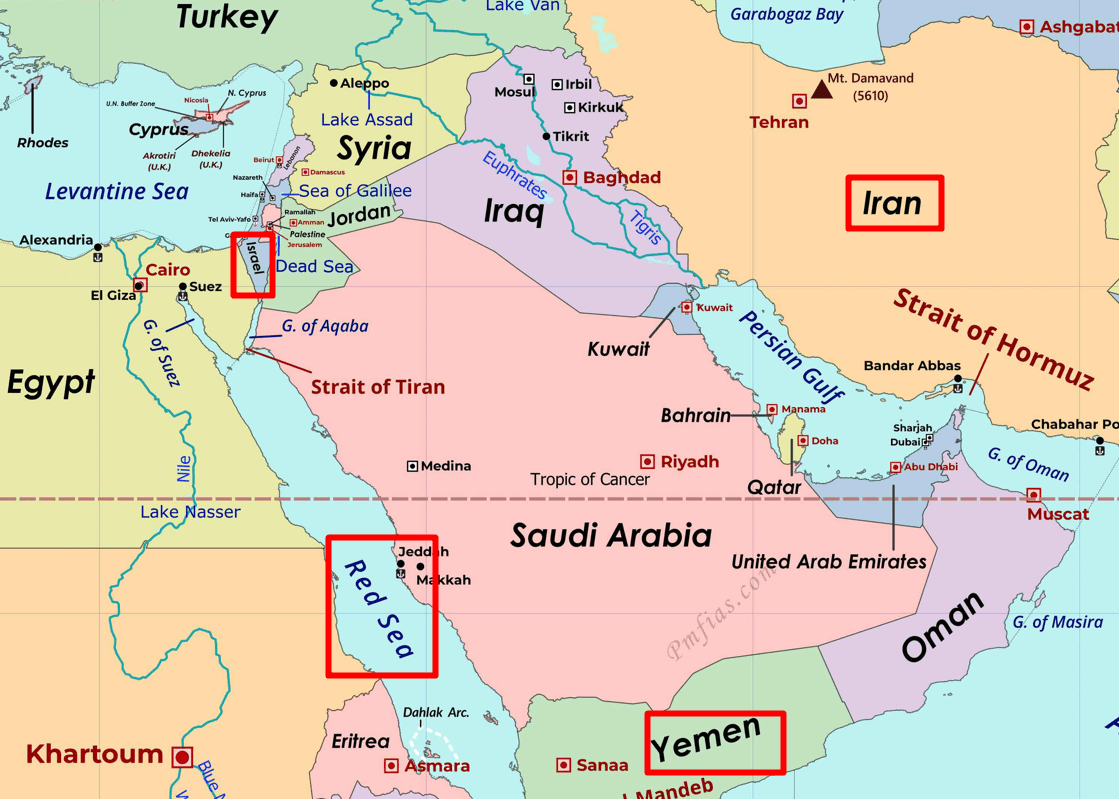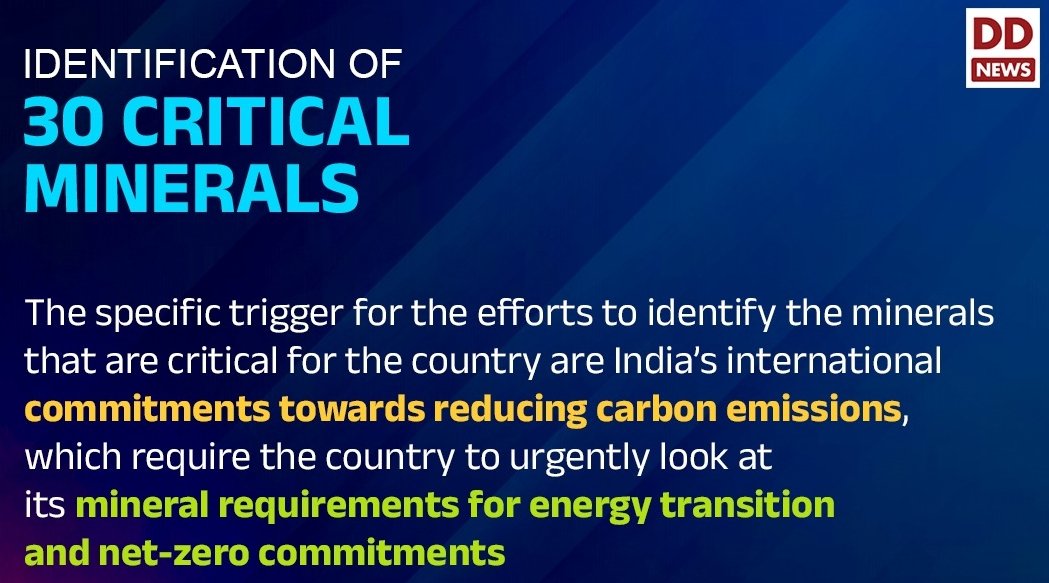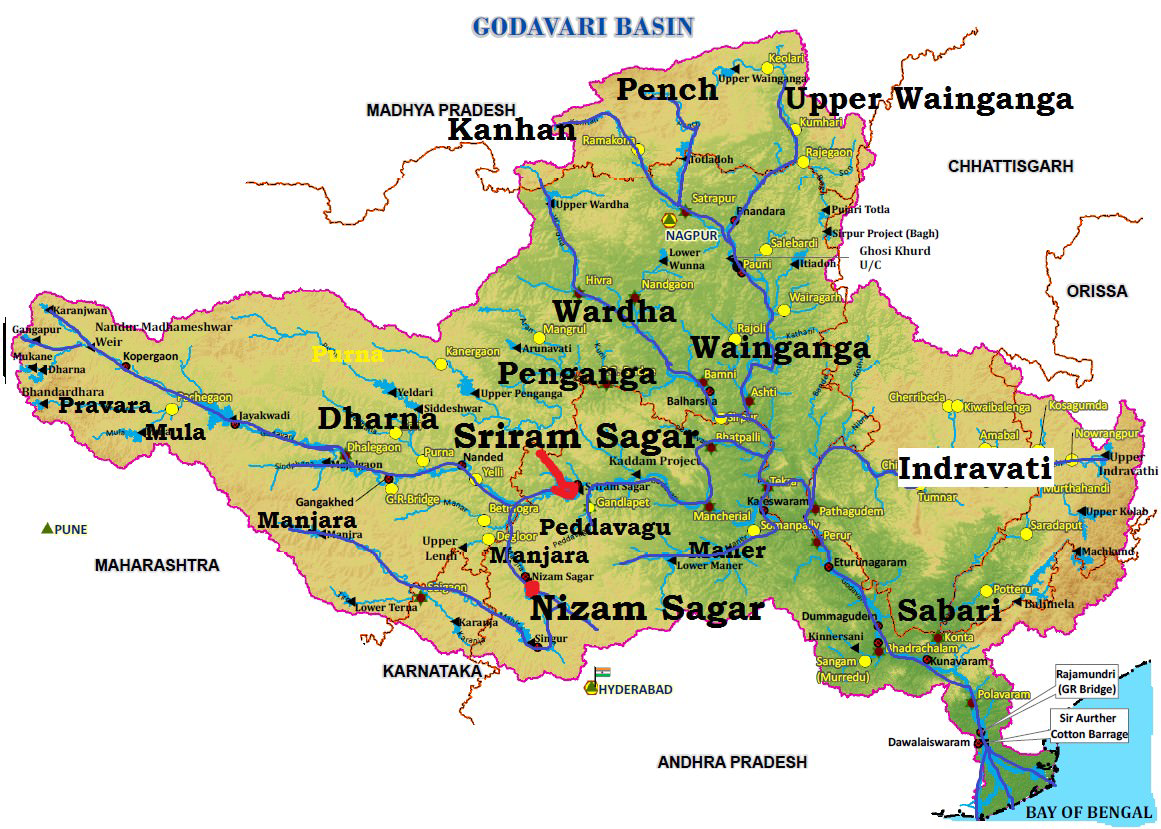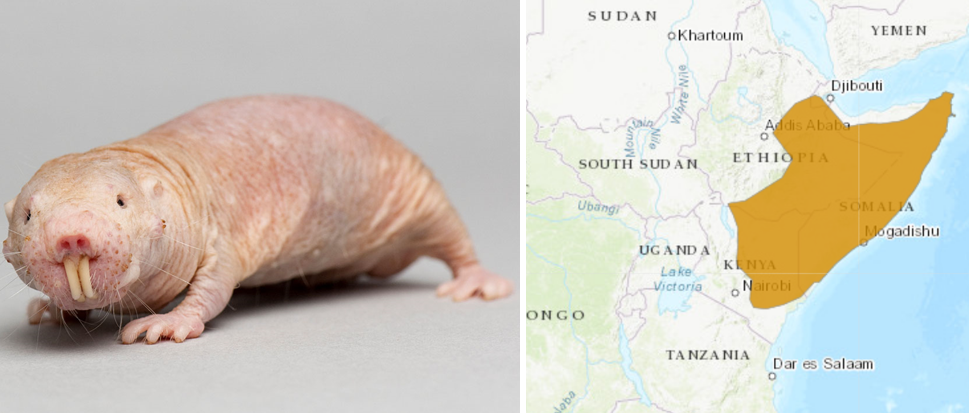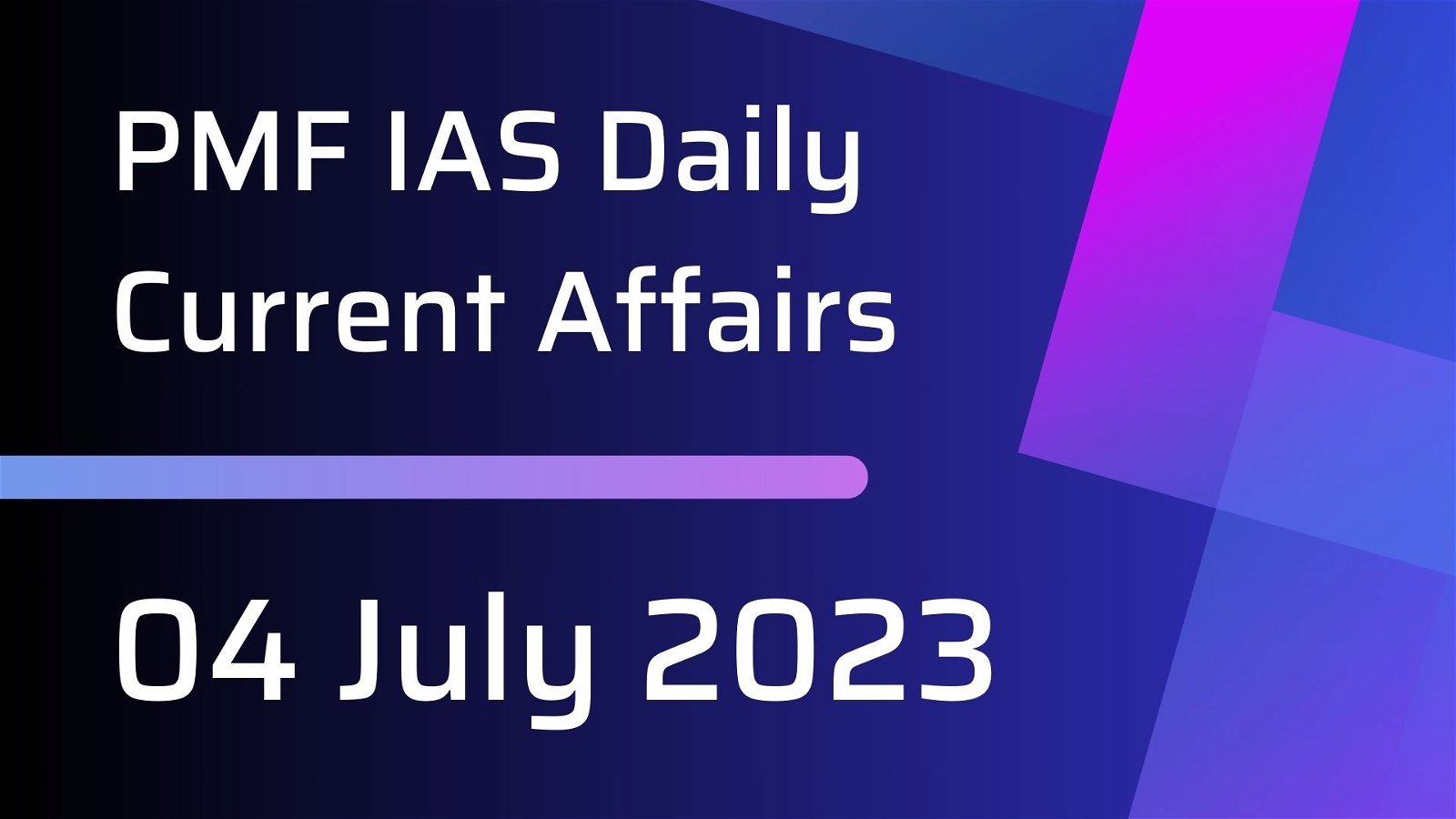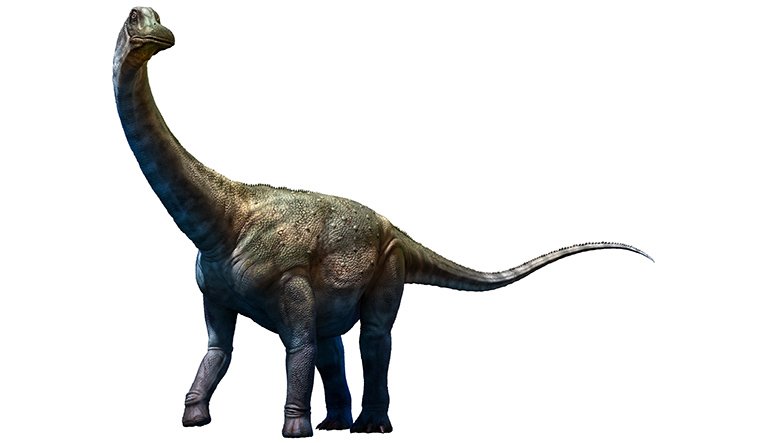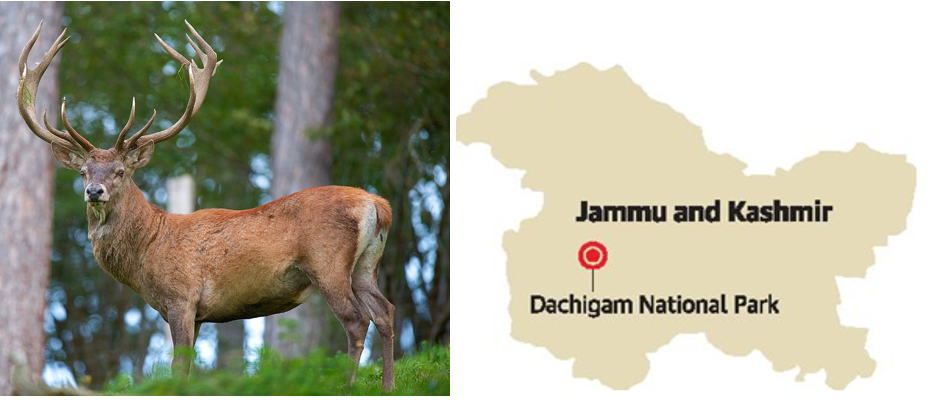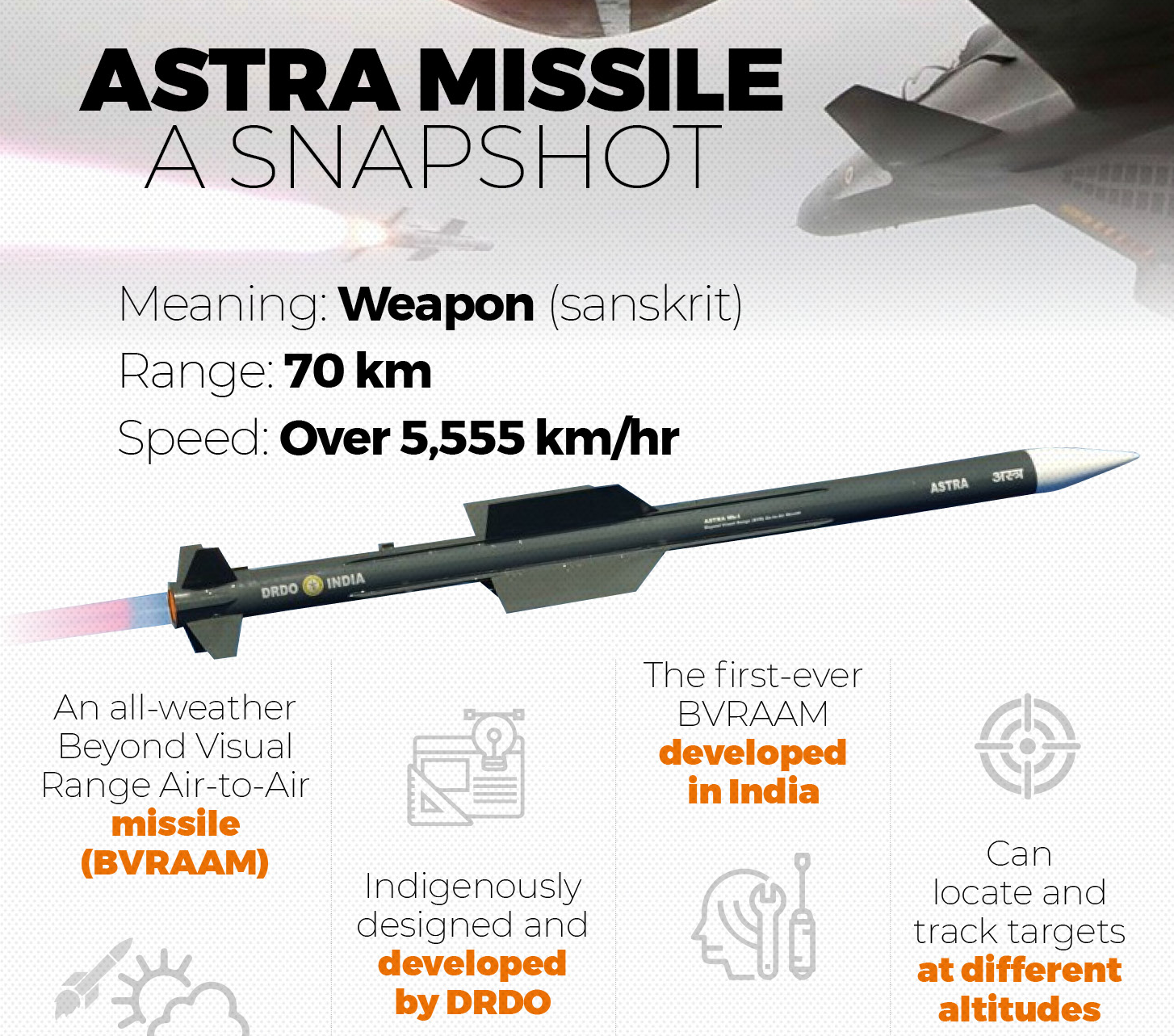
Current Affairs for UPSC Civil Services Exam – April 14-15, 2024
Subscribers of "Current Affairs" course can Download Daily Current Affairs in PDF/DOC
Subscribe to Never Miss an Important Update! Assured Discounts on New Products!
Must Join PMF IAS Telegram Channel & PMF IAS History Telegram Channel
{GS1 – Geo – PG – Geomorphology} Volcanic Vortex Rings
- Context (IE): Mount Etna has been producing rare rings of smoke since last week. These rings are known as volcanic vortex rings and are similar to smoke rings blown by cigarette smokers. This phenomenon occurs when a volcano releases gases in a particular way.
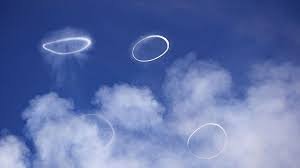
About Mount Etna
- It is an active volcano located on the east coast of Sicily, Italy.
- Sicily: Largest island in the Mediterranean Sea.
- It is the largest volcano in Europe and the highest peak in Italy south of the Alps.
- The volcano has five craters at its summit, which are responsible for most of its eruptions.
- Additionally, over 300 vents of various sizes are along the mountain’s slopes, which also contribute to eruptions.
- Etna is nearly always active and has experienced over 60 flank eruptions and numerous summit eruptions since 1600.
- Mount Etna has been designated as a World Heritage Site since 2013.
- UNESCO states that the volcano’s eruptive history spans back 500,000 years. Records have documented at least 2,700 years of Etna’s volcanic activity.
- Notable summit eruptions occurred in 2006, 2007-08, twice in 2012, 2018, and 2021. Flank eruptions have been recorded in 2001, 2002-03, 2004-05, and 2008-09.

Vortex rings
- Vortex rings form when gas, mainly water vapour, is rapidly released through a vent in the crater.
- The vent in Etna’s crater is nearly perfectly circular, resulting in circular rings seen above the mountain since April 2.
- A scientific paper published in February 2023 documented volcanic vortex rings, first observed at Etna and Vesuvius in Italy in 1724.
- According to a volcanologist, volcanic smoke rings are formed similarly to how dolphins blow bubble rings.
- Dolphins compress water in their mouths and push it out with their tongues, creating pressure that forms a ring.
Vortex rings observed in recent times at various volcanoes worldwide
| Volcano Name | Country |
| Redoubt |
Alaska |
| Tungurahua |
Ecuador |
| Pacaya |
Guatemala |
| Eyjafjallajökull & Hekla |
Iceland |
| Stromboli |
Italy |
| Yasur |
Vanuatu |
{GS2 – IR – Middle East} Iran drone attacks on Israel
- Context (IE): Iran retaliated with drone attacks on Israel in response to Israeli war jets targeting an Iranian consulate in Damascus, Syria.
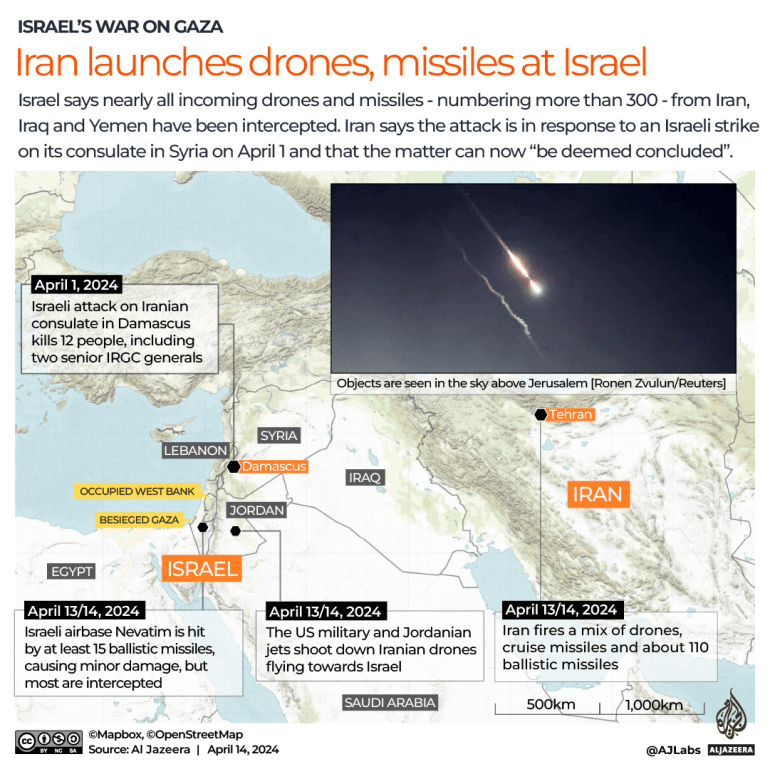
Iran attacks Israel
- Drones and missile attacks were carried out by the Iranian Revolutionary Guard Corps (IRGC).
- No significant casualties were reported, except claims of damage to one Israeli military facility.
- Significant in the aftermath of the Hamas attack in Israel on October 7, 2023, and the subsequent attacks in the Red Sea by Yemen’s Houthis, a wider regional conflict could happen in the Middle East.
Iran-Isreal relations
- Their relationship had not always been as fraught as it is today before 1979.
- It was only after 1979 that their diplomatic ties ended.
Pre-1979 Iran-Israel ties
- Iran was not part of the first Arab-Israeli war (1948).
- Iran was the second Muslim-majority country after Turkey to recognise formation of Israel in 1948.
- Periphery doctrine: Israel attempted to forge an alliance with non-Arab (yet mostly Muslim) countries in the Middle East, mainly Turkey and pre-revolution Iran.
- Western orientation: Common orientation toward the West led to their convergence.
- Oil trade: Iran, ruled by the Pahlavi dynasty, was selling oil to Israel amid an Arab economic boycott.
The 1979 revolution
- Islamic theocracy was installed in Iran after the Shah was overthrown in the 1979 Islamic Revolution.
- Shift in stand towards Israel: Now, it was seen as the occupier of Palestinian land.
- Western interference: Iranian Supreme Leader Ayatollah Khomeini termed Israel “Little Satan” and the United States the “Great Satan”, interfering in the region.
Post-1979
- Shadow wars: Though no direct military confrontation, proxy attacks and limited strategic attacks continue between them.
- Attacks on Iranian nuclear facilities: Multiple targeting incidents by Israel and the US, including the Stuxnet attack.
- Iranian proxies: Iran is seen as responsible for funding and supporting several anti-Israel and anti-US militant groups, such as Hezbollah in Lebanon and Hamas in the Gaza Strip.
|
{GS2 – IR – Middle East} Proxies backed by Iran in the Middle East
- Context (IE): Militant proxies backed by Iran form an anti-US “axis of resistance” in the region.
Why Iran supports them
- Critical of Israel: Israel is seen as an extension of the US to influence the region for its strategic interests.
- Shia-Sunni conflict: Located in a region dominated by Sunni-majority nations, it has attempted to assert itself with the help of various non-state actors.
- Strategic interests: Such groups provide Iran with strategic depth and wide regional influence without full risk of their actions on the Iranian state.
Major militant groups in the region
Hamas
- Sunni Islamist militant groups have been running the region of Gaza since 2007.
- It emerged during the first Intifada (Palestinian uprising against Israel) in 1987 and opposes Zionism.
|
Palestinian Islamic Jihad
- Sunni Islamist militant group with the aim to establish an Islamic state in Palestine.
- US government argues, “It is the second-largest militant group in the Gaza Strip and the West Bank”
- It was founded in 1979 as an offshoot of the Muslim Brotherhood in Egypt.
- Its military wing is the al-Quds Brigades.
Hezbollah
- Meaning “Party of God”, a Shiite militant organisation.
- Iran’s Revolutionary Guards set it up to counter Israel’s invasion of Lebanon in 1928.
- Since the October 7 attacks, Israel and Hezbollah have engaged in cross-border attacks.
Houthis
- Militant group that has been fighting the civil war in Yemen for a decade.
- The Houthis now control northern Yemen, including the capital Sana’a.
- Post-October 7 attacks, they are engaged in attacking ships going through the Red Sea in solidarity with the Palestinian cause.
Iranian militant groups in Syria
- After the Syrian civil war began in 2011, Iran intervened to support President Bashar al-Assad.
- It deployed IRGC advisers and fighters from Iraq, Pakistan and Afghanistan.
- Syria is a key transit route for Iranian proxies between Iraq and Lebanon.
Popular Mobilisation Forces (PMF)
- State-sanctioned Shi’ite militant grouping of Iraqi paramilitaries dominated by heavily armed and battle-hardened groups loyal to Iran.
{GS2 – IR – Middle East} Shifts in India’s Middle East diplomacy
- Context (IE): The Middle East is one of the most successful yet difficult regions for Indian diplomacy.
- India called for de-escalation in the aftermath of Iran’s retaliatory strike.
Four broad transitions in India’s stand
- Balanced view: The call for de-escalation is viewed as “balanced” and in favour of regional peace.
- Shift in focus: Instead of balancing contradictions between the West and the Middle East, it has now focused on the region’s internal contradictions.
- Non-ideological engagement: The current approach shows that its stand is not ideologically pre-determined but based on the merits of the issue at hand and India’s interests in the Middle East.
- Religious narratives: The recent shift underlines that religion can’t be the dominant factor in dealing with the Middle East, as was the dominant narrative in domestic politics.
India’s stakes in the Middle East
- Safety of Indian diaspora: The safety of about 18,000 Indians in Israel, 5,000-10,000 Indians in Iran, and about 90 lakh people in the Gulf and West Asia region is a concern.
- Energy security: The West Asia region contributes 80 per cent of India’s oil supplies, which a potential conflict will impact.
- Projects in the Middle East: India sees the region as its extended neighbourhood, which is crucial for projects like the Chabhar Port and the India-Middle-East-Europe Economic Corridor.
- Tight rope walk: India has to balance between Israel and Iran while balancing an anti-terrorism stand with its strategic interest in Iran.
{GS2 – Polity – IC – FRs} Regulating religious conversions to Buddhism
- Context (IE): The Gujarat government recently clarified that Buddhism and Hinduism must be considered as two separate religions for religious conversions in the state.
- It said conversions from Hinduism to Buddhism require prior approval from the district magistrate under provisions of the Gujarat Freedom of Religion Act, 2003 (GFRA).
- Both the person converting and the person getting them to convert must inform the District Magistrate and get their permission.
How does the GFR Act govern religious conversions in Gujarat?
Objective
- It seeks to deal with religious conversion through allurement, force by misrepresentation or any other fraudulent means.
Provisions of the Act
- Definition of “forcible conversion”:
- No person shall convert or attempt to convert any person from one religion to another by use of
- Force,
- Allurement by any fraudulent means
- By marriage
- By getting a person married or by aiding a person to get married,
- Nor shall any person abet such conversion.
- No person shall convert or attempt to convert any person from one religion to another by use of
- People found guilty of violating the provisions will face up to three years of imprisonment and a fine of Rs 50,000.
- If the victim is a minor, a woman, or from the SC or ST community, the jail term will be four years, and a one-lakh fine will be imposed.
- It declares marriages by unlawful conversion as void.
- It deals with offences of organisations doing unlawful conversion.
- It mandates that religious priests must obtain prior permission from the district magistrate before converting anyone from one religion to another.
- Moreover, the one who got converted must also “send an intimation” to the district magistrate in a prescribed form.
- The DM or a sub-divisional magistrate must sanction the prosecution against the accused prior to starting it.
- The burden of proof is on the accused “who has caused the conversion”.
Challenges of the Law
- It allows “anyone to lodge a complaint” and “criminalises inter-religious marriages”.
- It has been argued that the law goes against the basic principles of marriage and the right to propagate, profess and practice religion as enshrined in Article 25 of the IC.
Gujarat HC on GFR Act
- Some sections of the Act will not apply to a marriage that did not involve force, fraud or allurement.
- The order applies to Sections 3, 4, 4A to 4C, 5, 6 and 6A of the Gujarat Freedom of Religion (Amendment) Act, 2021.
- This interim order is to protect the parties who solemnised interfaith marriages free from unnecessary harassment.
Right to Freedom of Religion in India
Constitutional Provisions
|
Religious Conversions
- Religious conversion is the adoption of a set of beliefs identified with one particular religious denomination to the exclusion of others.
- Thus, “religious conversion” would describe abandoning adherence to one denomination and affiliating with another.
- For example, Christian Baptist to Methodist or Catholic, Muslim Shi’a to Sunni.
- In some cases, religious conversion “marks a transformation of religious identity and is symbolised by special rituals”.
Need for Anti-Conversion Laws?
No Right to Proselytize
- The IC confers on each individual the fundamental right to profess, practice and propagate his religion.
- Proselytizing is the act of trying to convert another individual from the convertee’s religion to the converter’s religion.
- The individual right to freedom of conscience and religion cannot be extended to construe a collective right to proselytise.
- The right to religious freedom belongs equally to the person converting and the individual seeking to be converted.
Fraudulent Marriages
- Several instances have come to the notice whereby people marry persons of other religions by either misrepresentation or concealment of their own religion.
- After getting married, they force such other person to convert to their own religion.
SC Observations
- The SC took judicial notice of instances of people marrying by either misrepresenting or concealing their religion.
- According to the court, such incidents not only infringe on the freedom of religion of the persons so converted but also militate against the secular fabric of our society.
- Forced conversion is very dangerous and may affect the security of the nation and freedom of religion and conscience.
- If a person purposely undertakes the conversion of another person to his religion, as distinguished from his effort to transmit or spread the tenets of his religion, that would impinge on the freedom of conscience guaranteed to all the citizens of the country alike.
- The SC sought directions to the Centre and states to take stringent steps to check such conversions.
What is the Status of Anti-Conversion Laws in India?
Constitutional Provision
- The IC, under Article 25, guarantees the freedom to profess, propagate, and practice religion.
- It allows all religious sections to manage their affairs in matters of religion, subject to public order, morality, and health.
- However, no person should force their religious beliefs, and consequently, no person should be forced to practice any religion against their wishes.
Existing Laws
- There has been no central legislation restricting or regulating religious conversions.
- However, since 1954, Private Member Bills have been introduced in (but never approved by) Parliament on multiple occasions to regulate religious conversions.
- Further, in 2015, the Union Law Ministry stated that Parliament does not have the legislative competence to pass anti-conversion legislation.
Anti-Conversion Laws in Various States
- Over the years, several states have enacted ‘Freedom of Religion’ legislation to restrict religious conversions carried out by force, fraud, or inducements.
- Orissa Freedom of Religion Act, 1967; Gujarat Freedom of Religion Act, 2003; Jharkhand Freedom of Religion Act, 2017; Uttarakhand Freedom of Religious Act, 2018; The Karnataka Protection of Right to Freedom of Religion Act, 2021.
What are the Issues Associated with Anti-Conversion Laws?
Uncertain and Vague Terminology
- The uncertain and vague terminology like misrepresentation, force, fraud, and allurement presents a serious avenue for misuse.
- These terms leave room for ambiguities or are too broad, extending to subjects far beyond the protection of religious freedom.
Antithetical to Minorities
- Another issue is that the present anti-conversion laws focus more on the prohibition of conversion to achieve religious freedom.
- Officials might use the broad language used by the prohibitive legislation to oppress and discriminate against minorities.
Antithetical to Secularism
- These laws may pose a threat to the secular fabric of India and the international perception of our society’s intrinsic values and legal system.
Why lower castes embrace Buddhism
|
{GS2 – Social Sector – Health} Removal of Bournvita from ‘Health drinks’
- Context (MINT): Bournvita and similar beverages are to be removed from the health drink category.
- A year ago, Bournvita entered into a controversy because of its high sugar content.

- Earlier this month, the Food Safety and Standards Authority of India (FSSAI) instructed e-commerce portals not to label dairy- or malt-based beverages as ‘health drinks’.
NCPCR enquiry
- An inquiry under Section 14 of the CRPC Act 2005 concluded that no ‘health drink’ is defined under the FSS Act 2006 or the rules and regulations submitted by the FSSAI.
- NCPCR asked Mondelez India (which owns Bournvita ) to remove all “misleading” commercials.
|
To know more, visit > Food items classification on E-commerce Sites.
{GS3 – S&T – Cybersecurity} Doxing
- Context (TH): A woman in Mumbai reached out to the police after being doxxed.
- Doxing is the act of revealing a person’s private information online.
- Doxxers typically disclose sensitive details like home addresses, phone numbers, email IDs, medical conditions, etc., often obtained through illegal means such as hacking.
- Sharing private or semi-public content without consent can also constitute doxxing and lead to harassment. E.g. someone might consent to a video being shared on a friend’s Instagram but not want it reposted on X or YouTube with their employers tagged.
- While the user may not be legally liable for sharing publicly available content, their motives can be malicious and pose risks to others.
Concerns associated with Doxing
- Doxxing continues even after catching the perpetrator, as they share details for others to attack the victim. This makes it difficult for the police to take action against all responsible parties.
- Doxxing threatens a person’s physical, digital, and emotional security.
- Victims may have to flee, clarify with employers, secure finances, file police reports, upgrade internet security, and face threats. It can also affect those around the victim, leading to eviction or job loss.
- Once private information is shared, it’s challenging to undo the resulting harms, such as doxxing.
- Doxxing disproportionately affects groups like women, children, and LGBTQIA+ individuals.
Reporting and Responding to Doxxing Incidents in India
- Reporting is crucial as it violates most social media policies, and platforms usually take quick action.
- In India, victims of doxxing can report the incident online through the National Cyber Crime Reporting Portal.
- Platforms like Meta recognise the need to protect users who have been doxxed. Meta’s oversight board concluded in February 2022 that Facebook and Instagram should have stricter rules for leaked data, such as home addresses.
- Google offers tools to assist individuals who have been doxxed. Users can submit removal requests for review and possible action.YouTube, which is owned by Google, also accepts reports for content posted on its platform.
- X has an in-app reporting mechanism for private information and a grievance officer responsible for taking action based on reports.
- Reddit provides a complaint forum for similar issues.
- Discord recently updated its community policies, separating guidelines for doxxing and harassment.
- Social media companies operating in India are bound by India’s IT Rules, making cybercrime complaints an effective way to prompt platform action.
{GS3 – S&T – Defence} Man Portable Anti-tank Guided Missile (MPATGM)
- Context (PIB): DRDO & Indian Army conduct successful trials of indigenous Man Portable Anti-tank Guided Missile (MPATGM) Weapon System.
- Technology development and successful demonstration have been completed, and the system is now ready for Final User Evaluation Trials before induction into the Indian Army.
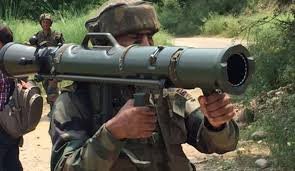
About Man Portable Anti-tank Guided Missile (MPATGM) Weapon System
- Designed and developed by the Defence Research & Development Organisation (DRDO).
- The system included the MPATGM, Launcher, Target Acquisition System, and Fire Control Unit.
- The ATGM system features day/night and top attack capability, enhancing its effectiveness in tank warfare. The addition of a dual-mode seeker enhances the missile’s capability further.
{GS3 – S&T – Discovery} Sustainable Hydrogel
- Context (TH | ET): Researchers at IISc have created an innovative hydrogel to eliminate microplastics from water.
- IISc states that microplastics are a significant threat to human health. These small plastic particles can enter our bodies through drinking water, posing health risks.
- They are present in remote locations like polar ice caps and deep ocean trenches. Their presence endangers both aquatic and terrestrial lifeforms.
About Hydrogel
- Hydrogel is a 3D network of hydrophilic polymer material that quickly absorbs and retains water (or other fluid) without changing its structure because of chemical or physical cross-linking of polymer chains
- Hydrogel comes in two forms: solid and liquid.
- Hydrogels appear in everyday products like hair gel, toothpaste, and cosmetics.
- Their ability to absorb water up to 99% of their volume makes them soft and flexible.
- Hydrogels are used for many medical and scientific applications, such as drug delivery and tissue/organ repairs.
How is this new Hydrogel designed?

- The hydrogel has a unique intertwined polymer network that binds and degrades contaminants using UV light.
- The hydrogel consists of three polymer layers – chitosan, polyvinyl alcohol, and polyaniline intertwined to form an interpenetrating polymer network (IPN) architecture.
- Nanoclusters of a material called copper substitute polyoxometalate (Cu-POM) were infused into the matrix. Under UV light, these nanoclusters act as catalysts, degrading microplastics.
- The combination of polymers and nanoclusters creates a strong hydrogel capable of adsorbing and degrading large amounts of microplastics.
- Detecting microplastics is challenging due to their small size. To address this, the researchers added a fluorescent dye to track their removal and degradation.
- The hydrogel was highly efficient, removing about 95% and 93% of two types of microplastics at a near-neutral pH. It remained stable under various temperatures, indicating durability.
- Previous methods, like filtering membranes, often become clogged with microplastics, making them unsustainable.
{GS3 – S&T – Space} Indian Participation in Space Tourism
- Context (TH): Gopi Thotakura is set to become the first Indian to venture into space as a tourist.
- Earlier this month, Jeff Bezos-owned Blue Origin announced six crew members for an upcoming commercial space flight.
- One of the crew members is Gopichand Thotakura, an Indian businessman and pilot based in the United States.
- If the trip is successful, Thotakura could become the second Indian in space after Rakesh Sharma.
- Rakesh Sharma went aboard the Russian Soyuz T-11 spacecraft in April 1984 and remains the only Indian to have been to space.
Will he be considered as an astronaut or a Space traveller?
- In a media statement, Mr. Thotakura claims to be the “first civilian Indian astronaut.”
- He argues that crossing the Karman Line, about 80 km above sea level, qualifies one as an astronaut. However, it’s unclear if Thotakura would be considered an astronaut by the same standards.
- Thotakura’s status as an astronaut may be subject to interpretation based on evolving definitions and regulations.
- Blue Origin’s New Shepard rocket reaches 100 km above Earth’s surface and provides a space-like experience.
- Until 2021, distinctions between civilian space travellers and trained astronauts didn’t matter much.
- The US Federal Aviation Administration (FAA) stopped designating space travellers as “astronauts” in 2021.
Different terms for space travellers
|





![PMF IAS Environment for UPSC 2022-23 [paperback] PMF IAS [Nov 30, 2021]…](https://pmfias.b-cdn.net/wp-content/uploads/2024/04/pmfiasenvironmentforupsc2022-23paperbackpmfiasnov302021.jpg)
